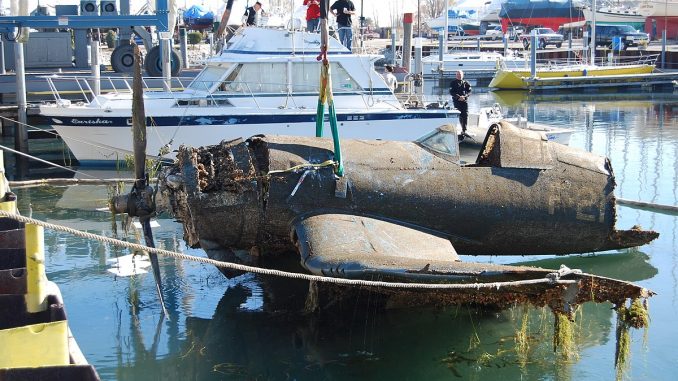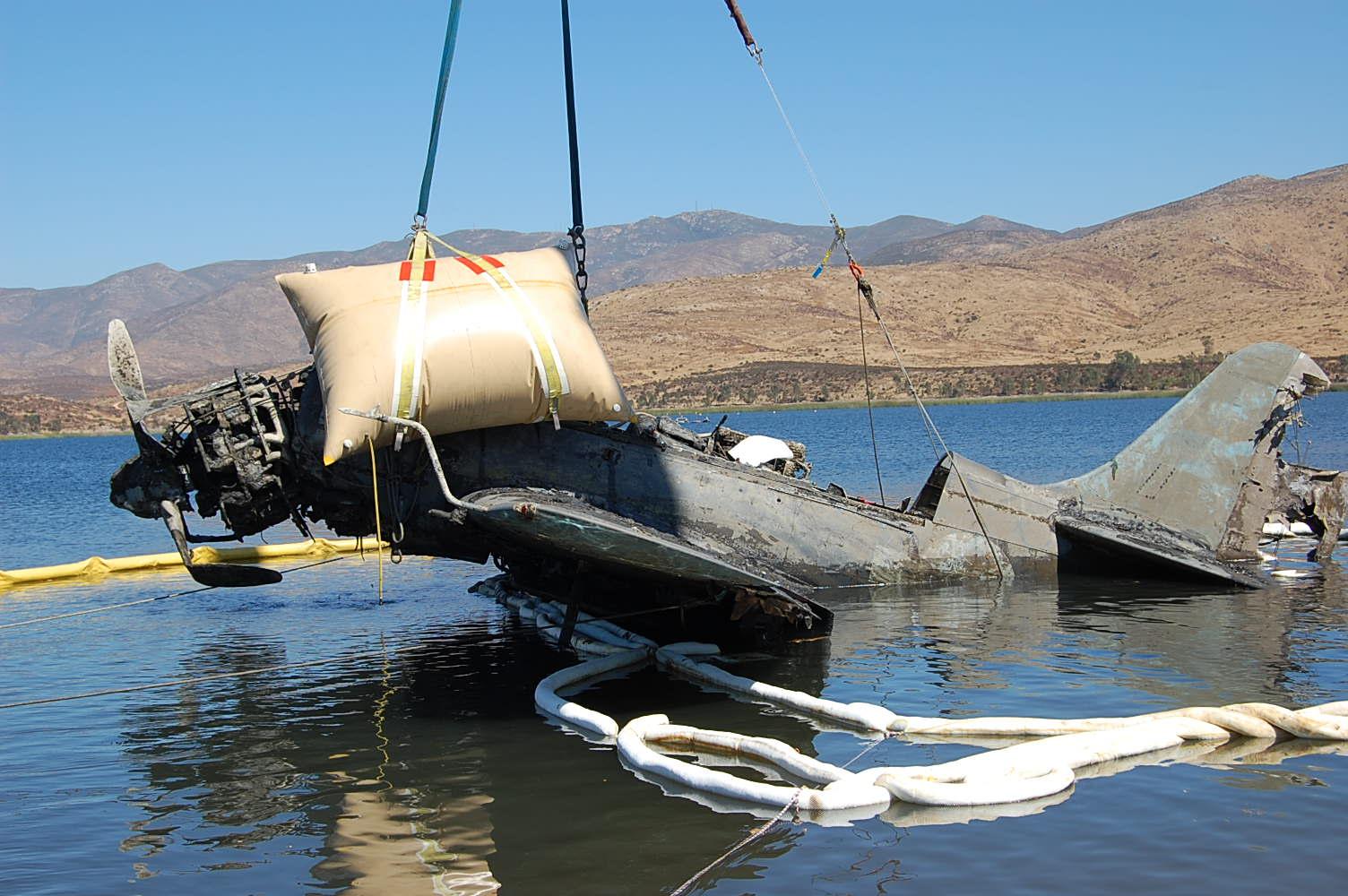
The Secretary of the Navy has issued a policy change in the last few days which has potentially seismic implications regarding the recovery, preservation and trade of former U.S. Navy and Marine Corps aircraft. In a followup to the public forum regarding Department of the Navy Museum Exchanges convened at the National Naval Aviation Museum (NMNA) in Pensacola, Florida on March 12th (meeting minutes available HERE), the Naval History & Heritage Command (NHHC), under the new leadership of Admiral Sam Cox, will now entertain proposals that can and will involve the permanent transfer of government-owned artifacts, such as retired military aircraft, in exchange for other items of value to the preservation of naval history. Under the right conditions, this could see the recovery and release of historic U.S. Navy or Marine Corps aircraft to private citizens, museums and/or other entities. It is essentially a revised and revived version of the old Navy Trade and Exchange Program from previous decades, which led so successfully to the recovery and preservation of dozens of Navy aircraft ditched in Lake Michigan during wartime training accidents. The full outline for the new policy, SECNAV INSTRUCTION 5755.2B, can be found HERE. It entirely replaces and negates the previous document which had made the recovery and preservation of lost naval aircraft all-but-impossible for far, far too long.
In a conversation this morning with Taras Lyssenko, who is intimately involved with both aircraft salvage and the changes to the Navy Trade and Exchange Program, this new policy is directly attributable to the new commander of the NHHC, Admiral Cox. Lyssenko stated, “We have changed the whole paradigm… [Admiral Cox wants the NHHC] to be a proactive educational organization that supports the interests of the USA.” Accordingly, the new policy places a major emphasis on the educational outreach opportunities provided by any future exchange agreements. Some of this new direction is already well underway at the Air Zoo Aerospace & Science Experience (formerly the Kalamazoo Air Zoo) in Kalamazoo, Michigan, where museum staff and volunteers are setting the standard, providing literally hundreds of young people (from sixth graders to college students) with opportunities to learn how to restore vintage aeroplanes with actual hands-on experiences working on a Douglas SBD-2P Dauntless and a Grumman FM-2 Wildcat; both Lake Michigan recoveries on loan from the NMNA. It is hard to argue against the logic behind these efforts, as without engaging younger generations in the importance of these historical artifacts, there will be far less interest in preserving them for the future.

According to Lyssenko, since the April 12th meeting, there are already at least six different proposals involving five different aircraft which the NHHC is evaluating for the Navy Trade and Exchange Program. While these proposals are still in their infancy, one of them will likely see the restoration of Curtiss SB2C-4 Helldiver Bu.19866 which Lyssenko and A&T Recovery salvaged from Lake Otay near San Diego, California in August, 2010 on behalf of the NMNA. To speed the restoration time, it is quite possible that the wings will go to one entity, and the fuselage to another. What each outfit will receive in exchange for the work has yet to be decided, but regardless of the outcome of that particular effort, Admiral Cox’s new policy is a refreshing change, and should bode well for the future efforts in preserving, and promoting, naval aviation history while also allowing for the possibility of former naval aircraft to reach civilian ownership and fly again.
For those interested in learning more about A&T Recovery’s salvage of sunken aircraft, Taras Lyssenko has a new book coming out this August, The Great Navy Birds of Lake Michigan – The True Story of the Privateers of Lake Michigan and the Aircraft They Rescued, which explains the whole tangled history. The book is already available for pre-order at Amazon.com and Barnes&Noble.com… We will be publishing a review of our advance copy in the coming weeks… it is an amazing read!


Be the first to comment
Graphic Design, Branding and Aviation Art